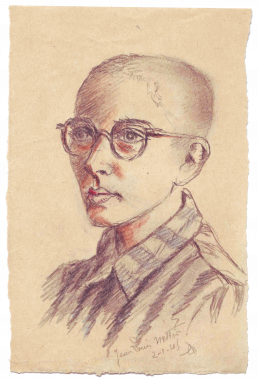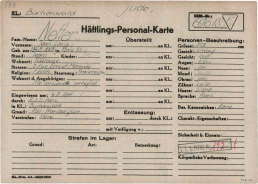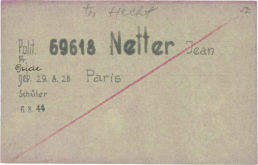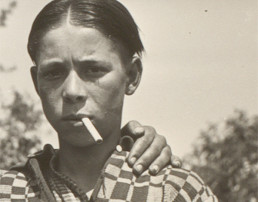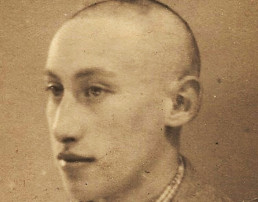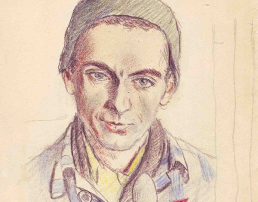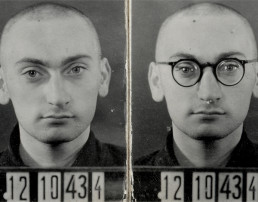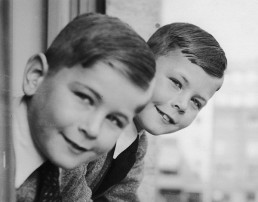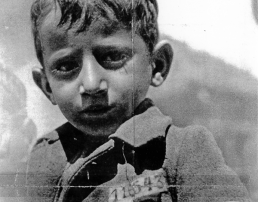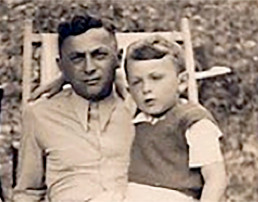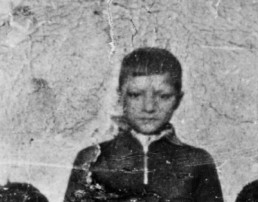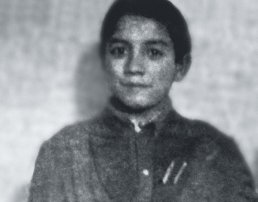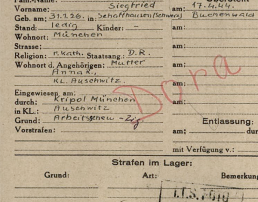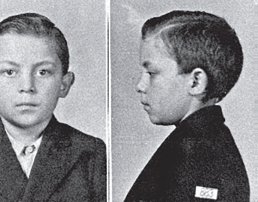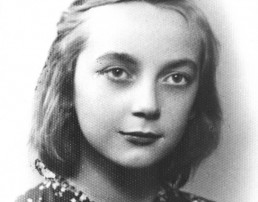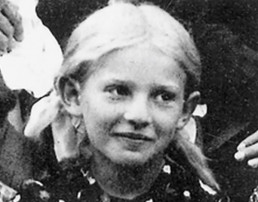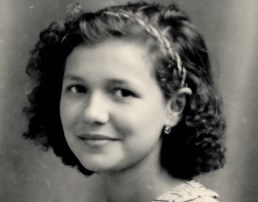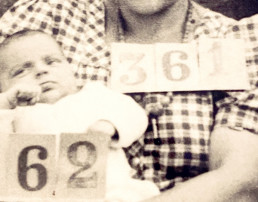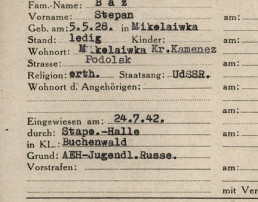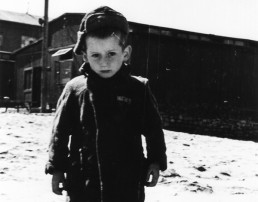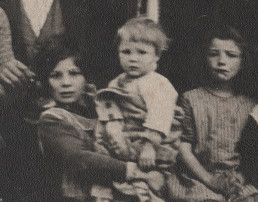Jean Louis Netter
A Jewish schoolboy in the Holzen subcamp
Jean Louis Netter was born in Paris on 29 August 1928. After the German occupation, he and his family lived in an internment camp for Jews near Toulouse. The Gestapo deported him and his father to Buchenwald in August 1944. His mother and sister were sent to the Ravensbrück Concentration Camp.
In the fall of 1944, the SS transferred the 16-year-old Jean Louis and his father to the Holzen subcamp in the Weserbergland region. There, they worked as forced laborers for the armament projects Hecht and Stein. In April 1945, they were driven on a death march to Bergen-Belsen.
With the help of their fellow prisoners, both father and son survived. Jean Louis’ mother died in the Ravensbrück Concentration Camp in March 1945; his sister was saved by the Swedish Red Cross. After the Bergen-Belsen Concentration Camp was liberated, Jean Louis Netter returned to France and later became a factory owner in Paris.
Portrait of Jean Louis Netter, drawn by fellow prisoner Camille Delétang, 2 January 1945.
Camille Delétang secretly drew nearly 200 portraits of prisoners in Holzen in 1944/45. For decades they were thought to be lost, until they turned up in Celle in 2012. They had disappeared in April 1945 during a death march from Holzen to Bergen-Belsen.
(Mittelbau-Dora Memorial)
Buchenwald Concentration Camp prisoner registration file for Jean Louis Netter, 6 August 1944.
The 15-year-old Jean Louis was registered in the Buchenwald camp as “Polit-Franzose, Jude” (French political prisoner, Jew). The entry for the place of residence of his relatives reads: “All relatives arrested.”
(Arolsen Archives)
Buchenwald Concentration Camp work card for Jean Louis Netter, 1944.
The handwritten note “tr Hecht” [Transport Hecht] indicates that Netter was assigned to the underground work detail with the codename Hecht, located near Holzen. At the end of 1944, there were about 500 prisoners in the Hecht detail. Jean Louis Netter was the youngest of them.
(Arolsen Archives)
"...when I saw a French prisoner approaching me, he said to me, 'It seems that you need an interpreter for the infirmary.' To my affirmative reply he suggested himself, and I accepted him. He then added with some hesitation [...] that he had his son with him, who was 15 years old. I understood his wish. [...] So Leo Netter became the 'infirmary interpreter' and Jean Louis, his son, became the general dogsbody. This may not have been to everyone's taste, but I was very happy to begin my service by protecting this child from the work details. He would not have survived the hardships that winter brought."
Armand Roux's account of the rescue of Jean-Louis Netter, 1949.
Armand Roux, a French political prisoner, was assigned as a prisoner doctor at the Holzen subcamp in September 1944.
(Armand Roux, Im Zeichen des Zebras, Holzminden 2015)
"Little Netter was transferred to the infirmary, where he was a 'deputy' for the orderly. He survived thanks to the care of Master Homme and Dr. Roux."
Czesław Ostańkowicz’s account of the rescue of Jean Louis Netter in the Holzen subcamp, 1968.
The Polish political prisoner Czesław Ostańkowicz was a block elder in Holzen.
(Czesław Ostańkowicz, Straszna góra Ettersberg, Łódź 1968)
